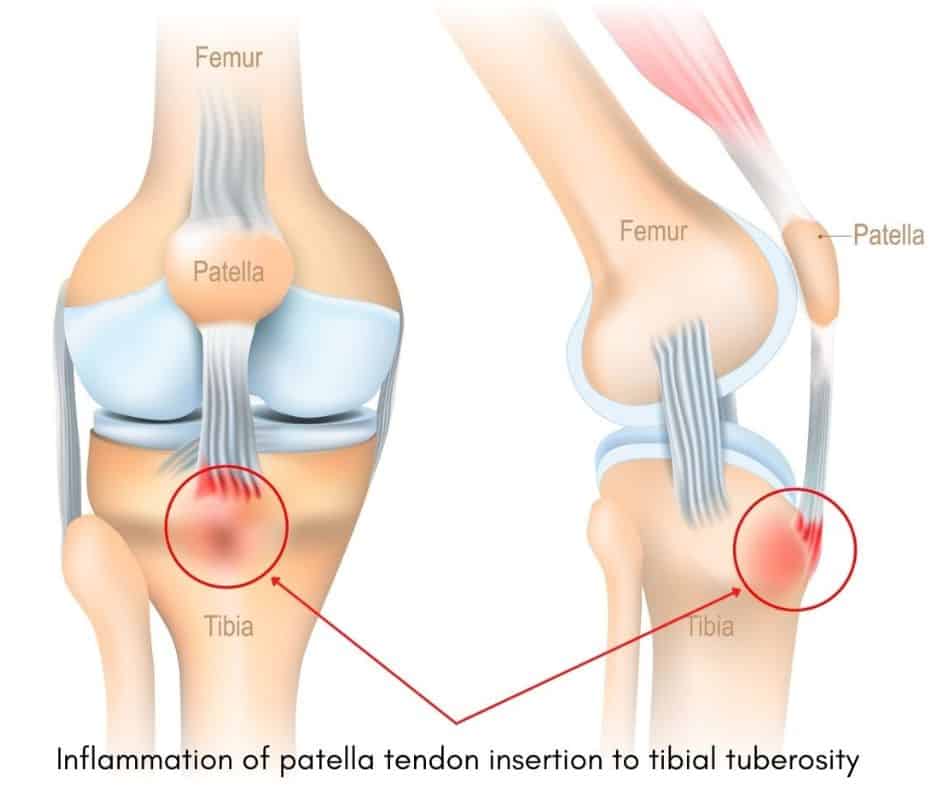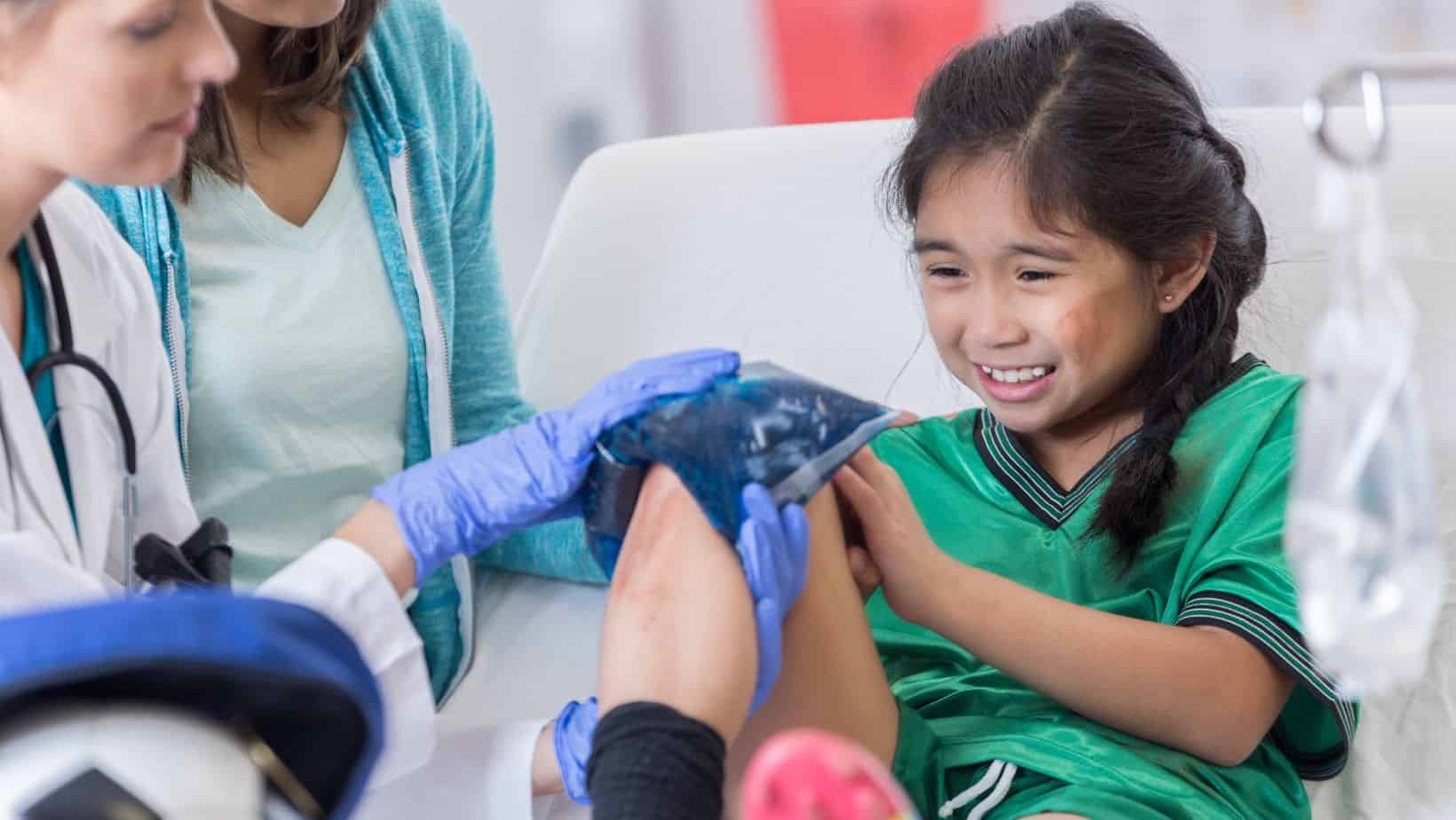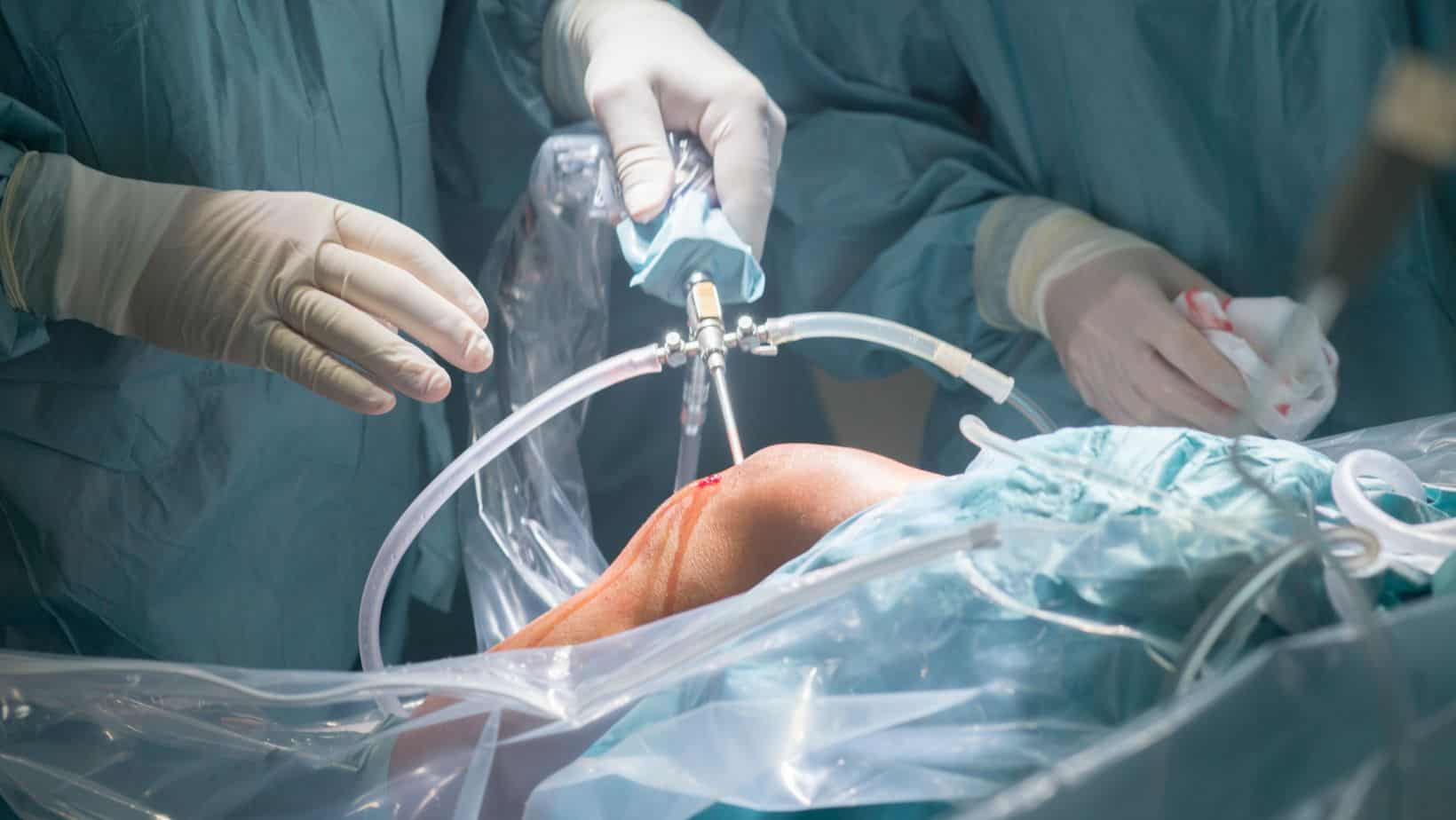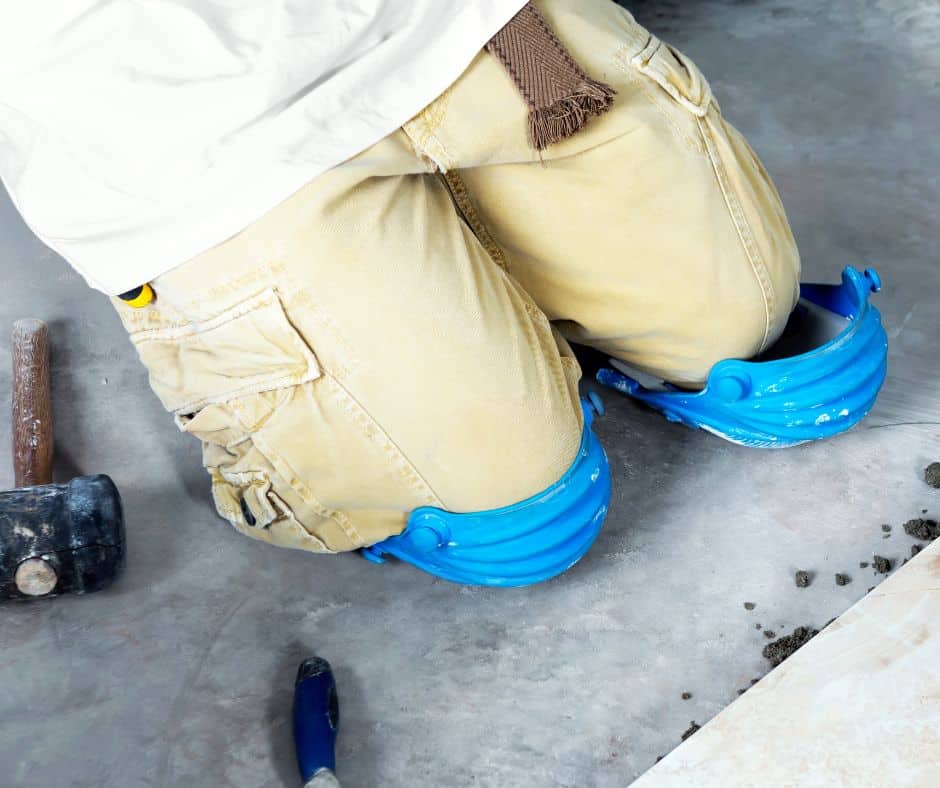Osgood-Schlatter Disease | Symptoms, Causes and Diagnosis
Read More >
Osgood-Schatter disease is a painful condition affecting the front of the knee. The quadriceps is the muscle at the front of the thigh that becomes the patella tendon before inserting onto the tibial tuberosity, a bony prominence at the top and front of the shin. This condition is caused by an overload of traction at this attachment point, which in the immature skeleton of children and adolescents, becomes inflamed and painful. The bony prominence becomes enlarged and will be painful to touch, kneel on and when using the quadriceps muscle for sports, or any actions like running, jumping or kicking.
Treatment for Osgood-Schlatter disease is initially rest from the aggravating activities, which for most will mean a break from sport. In some cases that are less severe, some activities might still be possible to continue but the most aggravating will need to be at least reduced. While resting or on reduced activities, the focus of recovery is to relax the quadriceps muscle to reduce the traction of the tibial tuberosity. The next stage is to start strengthening weak muscles that may have contributed to this issue developing. And the final stage is starting to work the quadriceps muscle and return to usual activities. A physical therapist is a specialist health care professional who will be able to help guide you through this recovery process.

Part of the acute management for Osgood-Schllatter disease is muscle relaxation and lengthening. The later stages of exercises are detailed in our related article: Osgood-Schlatter Disease Physical Therapy. This can be done in several ways, including manual massage, foam rolling, using massage guns, or stretching. Massage, while a more costly option is a thorough way of working through the whole muscle to relax it. A similar effect can be achieved with thorough foam rolling and using massage guns. Stretching is the most easily accessible and affordable option for acute treatment. It can be done frequently throughout the day by the individual and will often be advised to be done in adjunct with other treatments to relax the muscle.

Osgood-Schlatter disease is a inflammatory condition, meaning there is an increase of blood supply to the area and it will feel hot as well as painful. Therefore, additional heat is not helpful. Ice is an effective way to reduce pain by numbing the area. It should always be applied over a layer of cloth and never directly on the skin as it can cause ice burns. Application should be for 10-15 minutes and repeated every 2-3 hours, or when possible.
If pain is very high you may be advised to take a course of nonsteroidal anti-inflammatory drugs to help reduce the pain. This can help to bring the condition under control more quickly. Sometimes topical medication can help to provide relief. You can consult your doctor or pharmacist about this.
The healing and recovery time of Osgood-Schlatter disease depends on the severity of pain and inflammation, the duration of symptoms and compliance to rest and management advice. In most cases, this condition will go away with the correct rest and treatment in about 6 weeks. It can take a lot longer to recover if sports or activities that aggravate the pain are continued.

In approximately 90% of cases, Osgood-Schlatter disease will fully recover, with the correct rest and management. Otherwise, Osgood-Schlatter disease can be self-healing when the tibial growth plate closes and the skeleton is matured, this is because the bones harden and are no longer irritated by the traction forces of the patella tendon. In about 10% of cases, pain continues through into adulthood (Gholve et al, 2007).

Surgery is usually reserved only for those who continue to have pain once their tibial growth plate has closed and their skeleton has matured. In these cases, there is often extra bone that has grown on the tibial tuberosity due to the traction forces. This is called an ossicle and can be surgically removed. Because of the superficial location of the ossicle growth, most operations are open, however some cases can be managed with key hole, also called arthroscopy.
If you or your child are experiencing pain that is persisting despite rest, or if you have been seeing a physical therapist but symptoms are still severe after several weeks, you should see a doctor. Most physical therapists will discuss this with you if they feel progress is not at the rate that they would expect.
Many people worry about the long-term effect of Osgood-Schlatter disease, and whether it will lead to arthritis or other knee issues later in life. In most cases, there are no long-term effects and the child will have a normal, healthy adulthood. In 10% of cases, pain continues into adulthood, and we have discussed this above. In a few, who completely recover from symptoms, a greater bony prominence will remain at the front of the tibial tuberosity. This can make it harder to kneel without pain but usually doesn’t affect any other activities. These individuals are advised to use knee pads or kneeling cushions if they need to kneel for work or hobbies.

This is not medical advice. We recommend a consultation with a medical professional such as James McCormack. He offers Online Physiotherapy Appointments for £45.